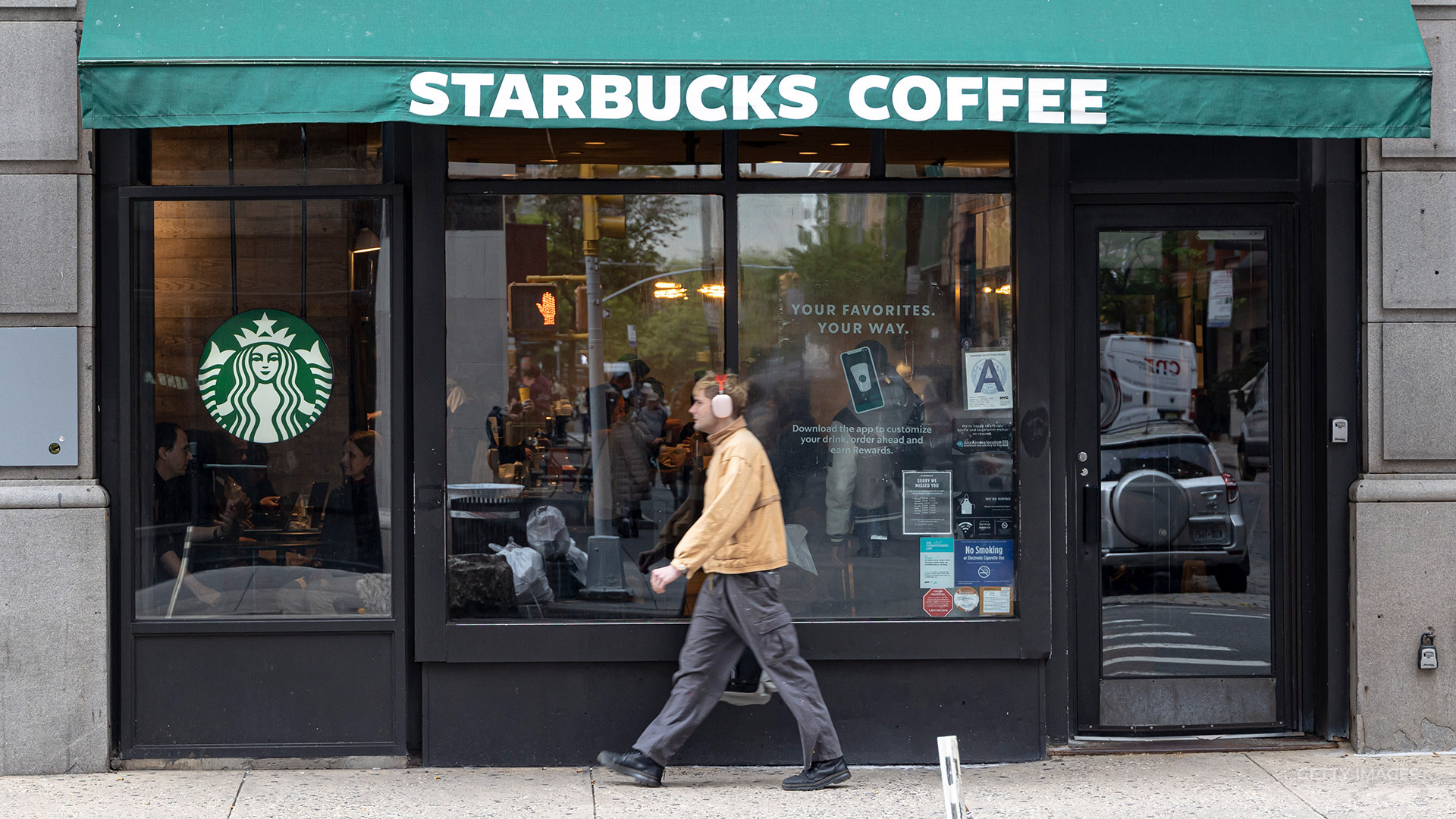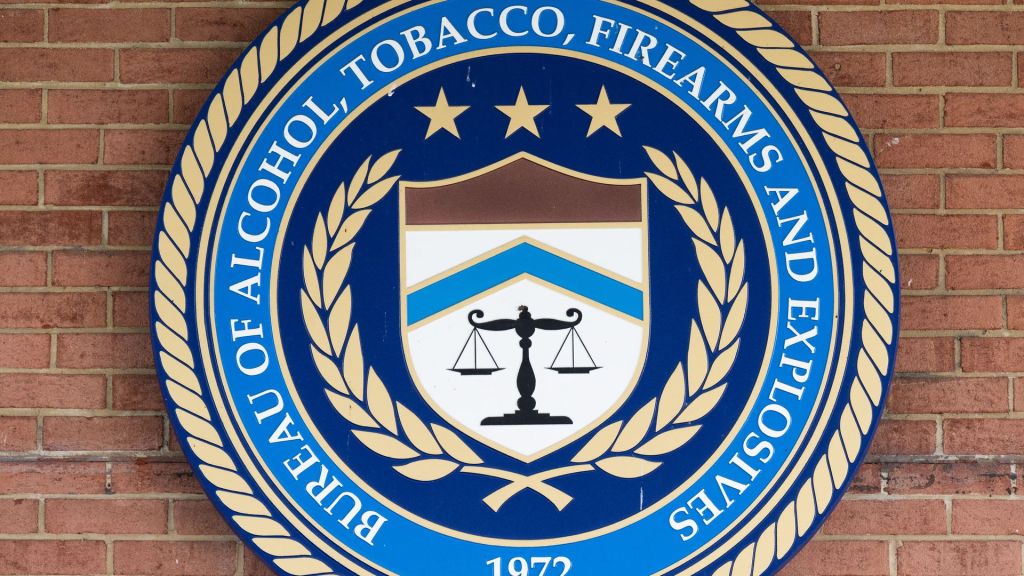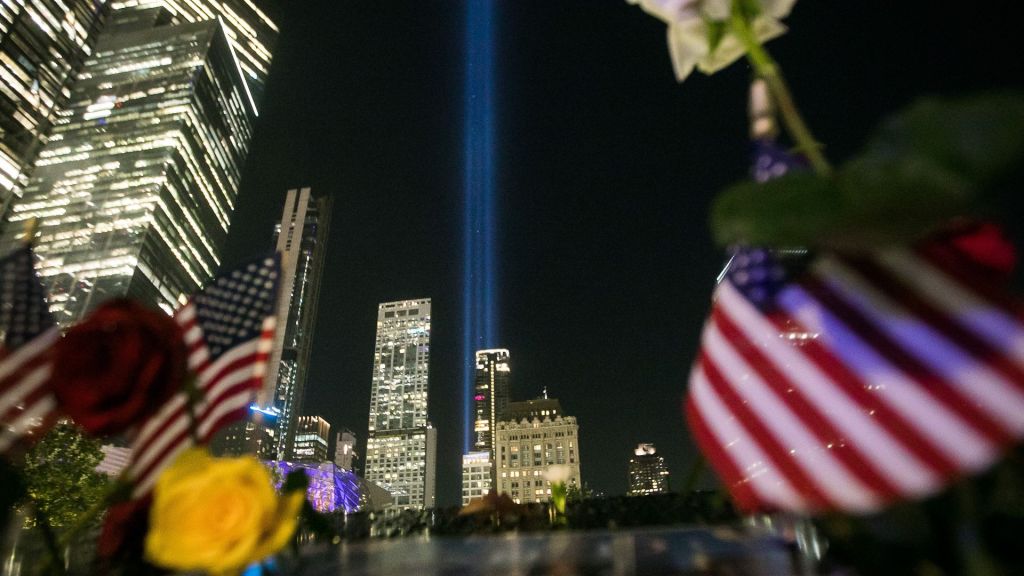
[Simone Del Rosario]
Starbucks’ freshly-brewed CEO Brian Niccol has the “venti” task of getting the coffee shop giant back on track.
The company released preliminary fourth-quarter earnings which show how deep the Starbucks slump is.
For the third straight quarter, overall same-store sales fell, this time by 7%. That’s the biggest drop since the COVID-19 Pandemic.
Same-store sales in China fell by 14%, but it’s the 6% decline in North America that’s most troubling for the chain.
Brian Niccol: People love Starbucks, but I’ve heard from some customers that we’ve drifted from our core, that we’ve made it harder to be a customer than it should be, and that we’ve stopped communicating with them. As a result, some are visiting less often.
Simone Del Rosario: Niccol, who took over as head barista in September after serving 6 years as Chipotle’s CEO, announced the “Back to Starbucks” commitment.
Brian Niccol: At Starbucks, Coffee comes first. Through product development, marketing, and in-store experience, we need to remind everyone that we are, and always have been, Starbucks Coffee Company.
Simone Del Rosario: So does that mean yay or nay to the singer-songwriter CDs?
Joining me now to discuss is Robert Byrne, Senior Director, Consumer Research with Technomic.
Brian Niccol been on the job for about six weeks now that he has had time to figure out the company a little bit. What do you think he really needs to tackle first?
Robert Byrne: Well, to me, as a consumer, the biggest challenge that you see when you’re in a Starbucks or waiting in line at the drive thru or ordering via the app and in the store to pick up your your drink is the is the operational component of it, getting inside those stores, understanding how you can get those stores to service all those different channels. We’ve taken to calling that omni channel, because you have orders coming from all these different directions, in a way that’s more efficient. My best guess as to his first thoughts. And part of the reason that he is the person that they hand picked as the next person to lead the brand is because he was very successful in creating two separate make lines in Chipotle stores, essentially one that satisfies one order flow and one that satisfies that in store order flow, which makes for speed on both counts, it adds bulk to your labor costs. It certainly is going to be difficult in some of those smaller square foot units, but you got to figure it out if you want to service customers and your guests specifically, in those three ways, you can’t do anything with that issue until you figure that piece out. So it’s all about operations and all the fun stuff, the marketing, the things that we see on a daily basis, and, you know, the changes to the menu. I think that comes second.
Simone Del Rosario: Okay, why is the app and the mobile ordering and all of this specific to Starbucks? Why has it been so frustrating for customers?
Robert Byrne: Synchronization is very challenging for a restaurant operator, particularly during those times when you have bottlenecking. You have a lot of orders coming in at the exact same time. And we know Starbucks orders tend to come with a high degree of customization. Every single order is different. You can’t make five of the same thing and expect to turn around and serve that to your guests. Every single drink is handcrafted. That’s kind of a huge point of differentiation for the brand. So when the team gets, you know, gets all these orders coming in at the drive through, through the app, inside the store, all the same time, and people are descending upon the store waiting to pick up their order because they ordered it while they were on the train on the way into the city 1520, minutes ago. What do you mean? It’s not ready yet? That’s a problem. That synchronization. It becomes a problem. A colleague of mine actually wrote a story about spending a morning in his local Starbucks one day, not that long ago. And as a gentleman who writes for restaurant business, and he he talked about how, you know, when he first got there was before the rush, and it was all calm and cool. And, you know, he walked up to the counter, nobody was flustered. Great. He sat down, sure enough, before too long, the rush started, and he said it wasn’t too long before a customer got out of control and had to be shown the door. Yeah, and this is the result of somebody ordering through the app. Their drink wasn’t ready when they got there, and they expected it to be ready when they got there. And, you know, nobody walks away with a good taste in their mouth.
Simone Del Rosario: The last thing a food service industry business wants is for people to be leaving with a bad taste in their mouth.
Robert Byrne: I mean, I kind of use that, that phrase on purpose.
Simone Del Rosario: I’m all for the puns here. Bring them on. Let’s talk about the experience in Starbucks. It’s one of the things that Nicholas said he’s really wanting to target what is the current experience, and how is he able? How is he going to be able to create a different environment in Starbucks stores that might be more reminiscent of what people used to experience decades ago.
Robert Byrne: I think it’s staff. I think that’s the thing that needs to happen. Starbucks has had a very contentious relationship with their, their, you know, all of their team members over the past couple of years. That’s no There’s no mystery there. And. And it’s, it’s, it can be a grind for those baristas and for those people working the register and working the counters, especially when you have that flow working through so the staffing solution is, I don’t know how they get around, just increasing headcount in any store, especially during those rush times. If you’re going to have two separate make lines for this order flow versus that order flow, or whatever the collection is, where you know you can kind of dance between one and the other. You need more bodies and more hands in order to be able to do that. And one of the things that he said with their their sort of surprise early earnings release that we just got, was this idea of that drink being hand delivered to each guest. That’s the piece that’s missing here. That’s the part where the experience becomes commoditized, and you could be getting your coffee from anywhere, but if somebody is handing it to you a green vapor and is handing that to you with the smile, with the have a great day. You know, particularly if it is that first interaction that you’ve had in the morning as a guest, that’s huge. That goes so far in that individual’s day. It builds the loyalty that you expect. And the honest to goodness, truth is that Starbucks is the lowest rated quick service restaurant out of about 70 quick service restaurants that we track, the lowest rated for affordability. So if price is not where you’re going to win, from a value perspective, knowing that consumers are value conscious, you’ve got to win somewhere else, and experience is a great way to do it. And I think there’s been some, I think they lost sight of that.
Simone Del Rosario: It is something that he has had success with at Chipotle. I’m sure Starbucks is hoping they will bring that in there, they’re hoping he’s, you know, the fresh face and the golden ticket to be able to do all that, even if he’s commuting by a private jet to get to work. That said, one of the things that he doesn’t have a ton of experience with from his time at Chipotle is that international experience, and that is just such a big thing for Starbucks, especially over in Asia, is he able to do broad stroke changes in the North America business that apply elsewhere? Or does he really need to be thinking about these markets differently? I’m curious how you think he handles that.
Robert Byrne: I think you absolutely need to think about these markets differently for two reasons. The competitive space is very different in these markets here in the US. You know, you do have the growth of some of these, you know, direct competitors to Starbucks, seven brew, Dutch Bros, some of these, more drive thru oriented chains that are growing at an incredibly fast pace, and they’re doing it in a way that’s different than how Starbucks did it, you know, with their little neighborhood shops, sometimes on kitty corner from another location, just that, that fortressing of their markets that they did drive through, and the experience makes it very different for a younger consumer. So there’s that, there’s that that’s going on here. If I were to suggest that you were to try to apply those broad strokes to what’s happening in China, you would not get a positive result. There’s a very different food service culture in these countries. We do research in 23 countries outside the US, consumer and Company Research and some other menu trend work and and one thing that I always see when I look at how consumers deal with their restaurants in Asia, you know, and particularly with different types of restaurant concepts growing in Asia that are direct competitors in that beverage space, there is a very different way that people interact. It’s far more tech centric than what we have here in the US, far more tech centric. Think about the sort of legacy delivery channels that are available in a lot of places in Southeast Asia, where they’re just these scores and scores of bicycle delivery drivers, and it’s just a very different landscape.
Simone Del Rosario: Do they fix things at home before they fix China?
Robert Byrne 9:53
I think so. This is because this is where the you know, if you’re. Struggling with international markets. This is where those those exchanges are. I know markets are global, but if you can show that you’re making good strides in your home market, then the amount of patience that investors are going to give you on a global scale is much higher, because they’re going to be able to say, Okay, well, they fixed what’s happening in their own backyard. Now let’s see what they can sort of take that same approach to to addressing the market in the way that it needs to be addressed, which may be different, but learning the lessons that you learned from fixing what’s happening at home in your own kitchen, your own whatever you in your own dining room, whatever you want to call it.
Simone Del Rosario: Yeah, Robert, do you have a really out there, disruptor level idea for Starbucks, something that they may never do. But you think you know what? This could be a game changer if Starbucks were to do this idea that I’ve never heard anyone else talk about,
Robert Byrne: Wow. Okay, well, one of the things I have to say, one of the things that I’ve always taken issue with as a consumer is as the marketplace becomes more and more digital and more and more app focused and more and more geared toward that loyalty guest, that loyalty program member, I’d like to see somebody do away with This idea of that being the key that unlocks discounts, the key that unlocks frequency and loyalty in the mind of the restaurant brand, so that you know, you have more of an inclusive idea of what you know, what consumers can get, what consumers can access, regardless of their level of frequency with your brand. Because we know a large part of Starbucks problem is not necessarily problem is not necessarily with their core. Their core is pretty loyal, right? It’s everybody outside that core, the concentric circle. How do you open it up to them? How do you get them to see that? No, we’re the same Starbucks that you maybe don’t know so well but love, but you want to get to know us better. So the out of the box thinking is taking the focus off of the app, taking the focus off of the loyalty program, running completely counter to what the rest of the industry has been doing for the past five, maybe even 10 years. So is there an example of a brand that’s doing this in a more commoditized way, or some way that doesn’t necessarily impact me as a consumer, if I’m not a joiner, if I don’t want your emails and your text messages about, Hey, did you forget to buy your coffee if I don’t want that stuff? And there are a lot of us out there who don’t, right, I have heard that this brand seven brew that I mentioned earlier has a program that doesn’t really operate like a program. You simply give your phone number every time you pick up your order, and I believe it’s every 10th, maybe 11th, 12th. Coffee is free. That’s all you’re doing, is you’re giving them your phone number every time you place an order. You’re not filling anything out. You’re not having to maintain any points or a bank or try to think about where those points can go. You’re just, you know, very straightforward away every 10th, 12th, whatever it is, 15th, drink is free. I don’t care that you don’t know my birthday. I don’t care that you’re wishing me a happy birthday. But recognizing that my purchases on a regular or routine basis have value to you in some way that’s very concrete, is super meaningful to me as a consumer. So, so that’s that’s my thinking. Do I believe they’re going to do that? No, not, not for a second. That guest data that they get from the app, from the programs, far too valuable for them to want to give it up. But that’s my pie in the sky dream.
Simone Del Rosario: Well, I appreciate you sharing it with us. Robert Byrne, Senior Director doing consumer research at Technomic. Thank you so much.
Robert Byrne: You’re very welcome. Thank you.











